
Character archetypes have shaped storytelling for centuries.. First appearing in myths, then novels, then films. We can even spot them in everyday interactions!
Writers continue to use these time-tested templates to create characters that resonate with audiences while adding their own unique twist.
Whether you’re looking to craft a hero’s journey or a tragic downfall, understanding what character archetypes are and how they function will transform how audiences connect with your characters.
So, let’s dive into today’s blog, where we’re leaving flat characters behind. We’ll explore the best archetypes, show you how to use them effectively, and help you avoid common clichés—so your characters stay fresh and dynamic.
Table of Contents
- What Are Character Archetypes?
- Why Writers Use Archetypes
- 15 Essential Character Archetypes
- How to Avoid Clichés
- How to Choose the Right Archetype for Your Story
- Blended Archetypes
- Common Mistakes When Using Archetypes
- Frequently Asked Questions
- Conclusion
What Are Character Archetypes?
What is a character archetype, you ask?
Characters archetypes are universal roles that appear in stories across different cultures and time periods. They reflect fundamental human experiences and emotions, providing a framework for character development.
In short, archetypes give stories structure, helping audiences quickly connect with characters. They create expectations about a character’s role and potential growth, guiding audiences through the narrative.
While archetypes offer a strong foundation, they shouldn’t be used as rigid templates. Writers need to add depth and originality to keep characters compelling—otherwise, their arcs become predictable, and audiences lose interest.

Why Writers Use Archetypes
Why do writers use character archetypes? When we engage with books, films, or TV shows, we naturally recognize familiar character roles. Whether it’s a ‘mentor’ offering wisdom or a ‘trickster’ causing chaos, audiences instantly understand their role in the story.
As writers, we need to balance these familiar archetypes with originality. A well-crafted character archetype serves as an anchor for the story, creating emotional depth and relatability. But by adding unique traits or unexpected twists, we ensure characters feel fresh and impactful.
Want to bring your characters to life?
Try Celtx’s free 7-day trial and access a full suite of tools to help you craft your next script, including our character profile templates to track traits, flaws, and motivations.
Sign up today!
15 Essential Character Archetypes
Love them or hate them, archetypes provide a powerful storytelling foundation, just like stock characters.
Just how many character archetypes are there? The possibilities are endless.
Below, we’ll break down a character archetypes list featuring 15 key types—including how they fit into the classic 12 character archetypes framework.
- Hero
- Mentor
- Sidekick
- Villain
- Trickster
- Ruler
- Rebel
- Caregiver
- Innocent
- Everyman
- Outlaw
- Lover
- Magician
- Sage
- Shadow
1. The Hero
The Hero is one of the most well-known character archetypes, appearing in countless stories across history. This archetype is often the the protagonist, who is on a journey of growth and discovery. They are often courageous, determined, and destined for greatness, facing trials that test their character to the limit.
Examples include Harry Potter and Katniss Everdeen (The Hunger Games).
UNIQUE TWIST – A reluctant hero who resists their destiny or a morally ambiguous hero driven by revenge.
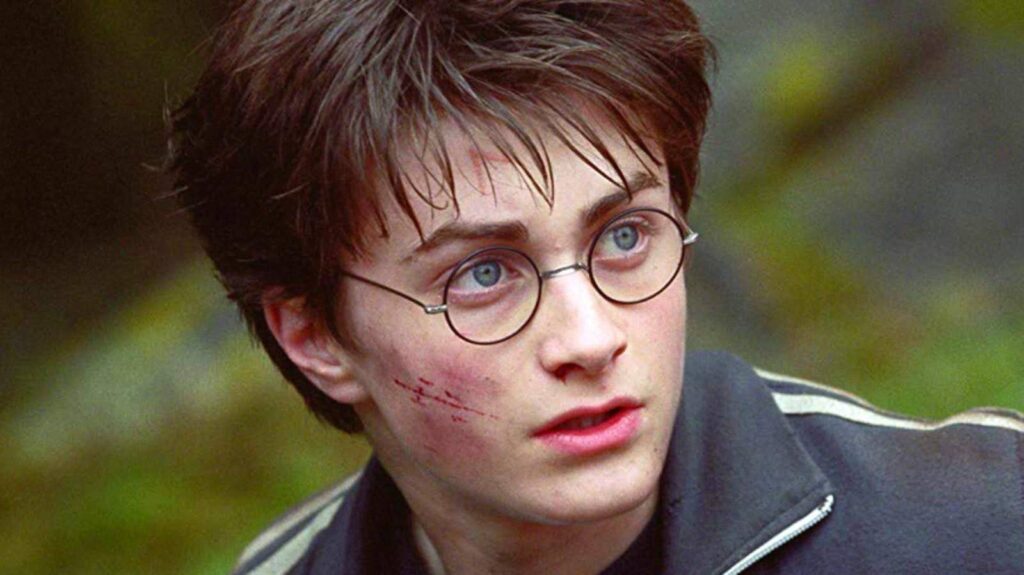
2. The Mentor
A mentor is a wise, experienced figure, who helps guide the hero through their journey, offering crucial knowledge and training. This classic character archetype appears across cultures and time periods, reinforcing the universal need for guidance.
Some of the most famous mentor archetypes include Gandalf (The Lord of the Rings) and Yoda (Star Wars), both of whom provide their heroes with wisdom—but also have flaws of their own.
UNIQUE TWIST – A flawed mentor weighed down by past failures or one who is reluctant to take on the role, challenging the hero’s expectations.
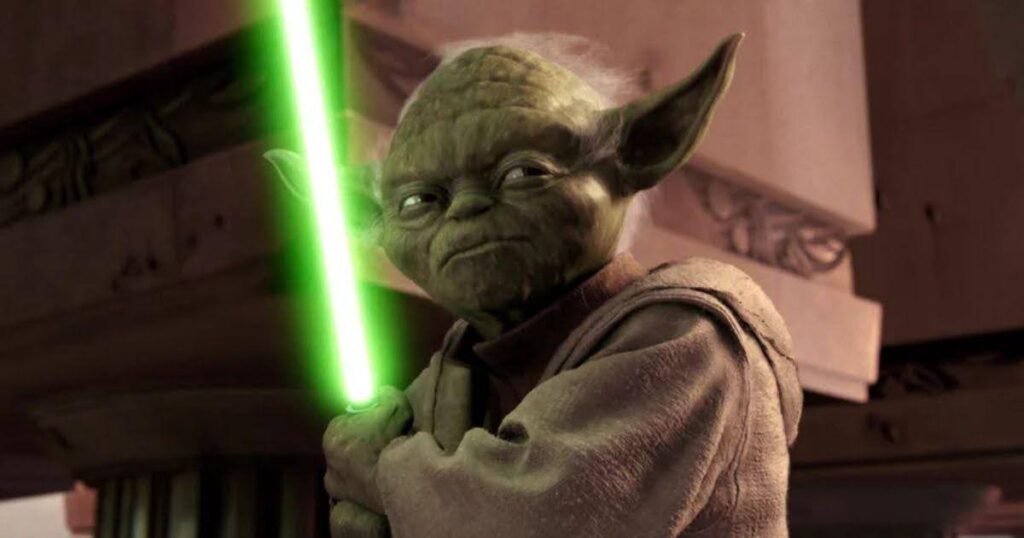
3. The Sidekick
A sidekick is the hero’s trusted companion, providing support, humor, or a crucial second perspective. They may be comic relief, a voice of reason, or the hero’s emotional anchor.
Famous sidekicks include Samwise Gamgee (The Lord of the Rings), whose loyalty keeps Frodo going, and Dr. Watson (Sherlock Holmes), who chronicles Sherlock’s adventures while grounding him. They may not be the main hero of the story, but they become integral to the plot.
UNIQUE TWIST – A sidekick who eventually surpasses the hero, stepping into the protagonist role, or who betrays the hero altogether.
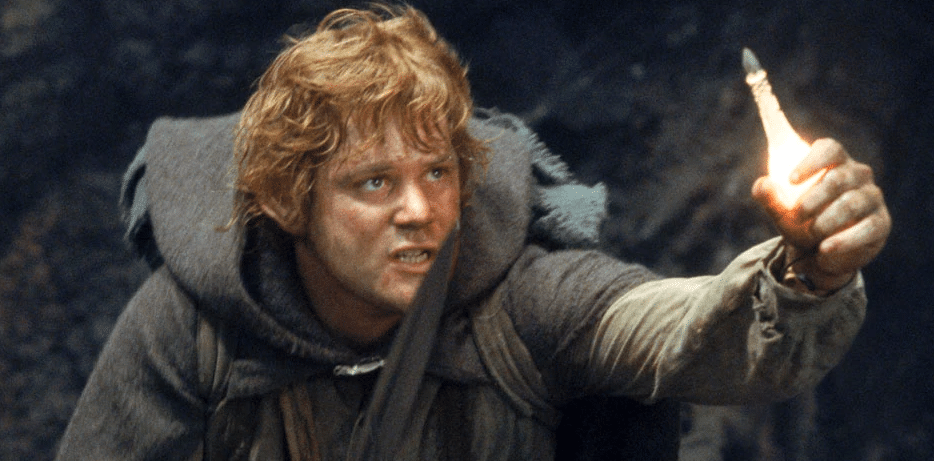
4. The Villain
The villain is the hero’s greatest obstacle, driving the conflict with their own goals, grudges, or worldview. A well-written villain isn’t just evil for the sake of it—they have motivations that make them compelling and, at times, even sympathetic.
Iconic villains include Darth Vader (Star Wars), whose tragic past fuels his actions, and Erik Killmonger (Black Panther), who is motivated by revenge.
UNIQUE TWIST – A villain who believes they are the true hero, a villain with tragic, sympathetic motivations, or one who starts as a hero but gradually descends into darkness.
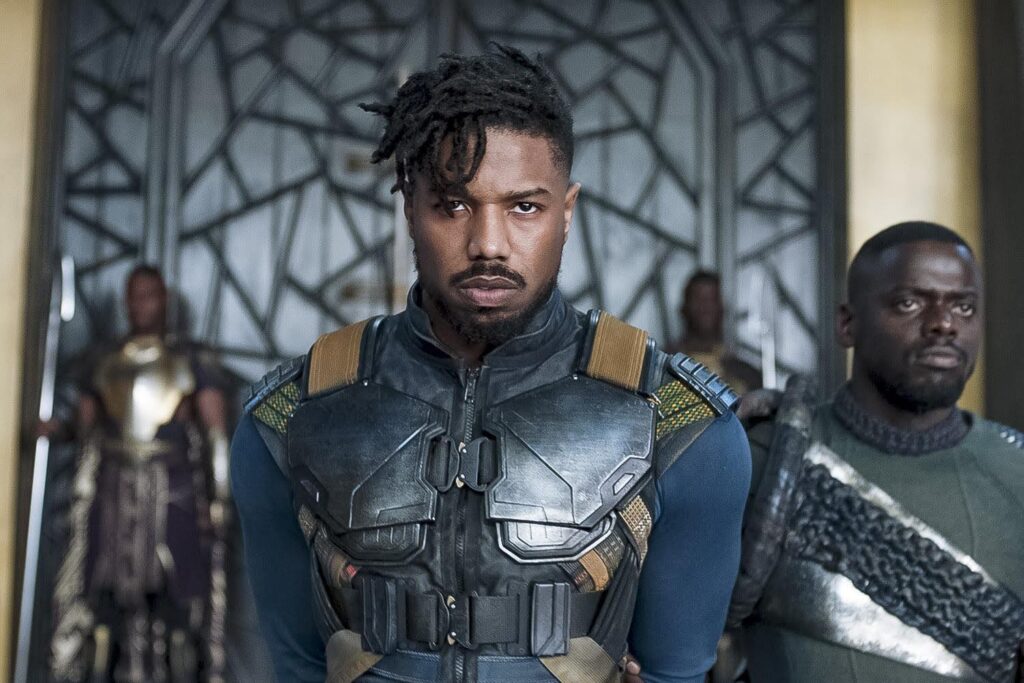
5. The Trickster
A trickster is a wildcard—unpredictable, mischievous, and often walking the line between ally and nuisance. They challenge authority, bend the rules, and reveal uncomfortable truths, sometimes helping the hero in unexpected ways.
Well-known tricksters include Loki (from Norse mythology and Marvel) and the Cheshire Cat (Alice in Wonderland), both of whom toy with perception and reality.
UNIQUE TWIST – A trickster who unknowingly aids the villain, tipping the scales in their favor.
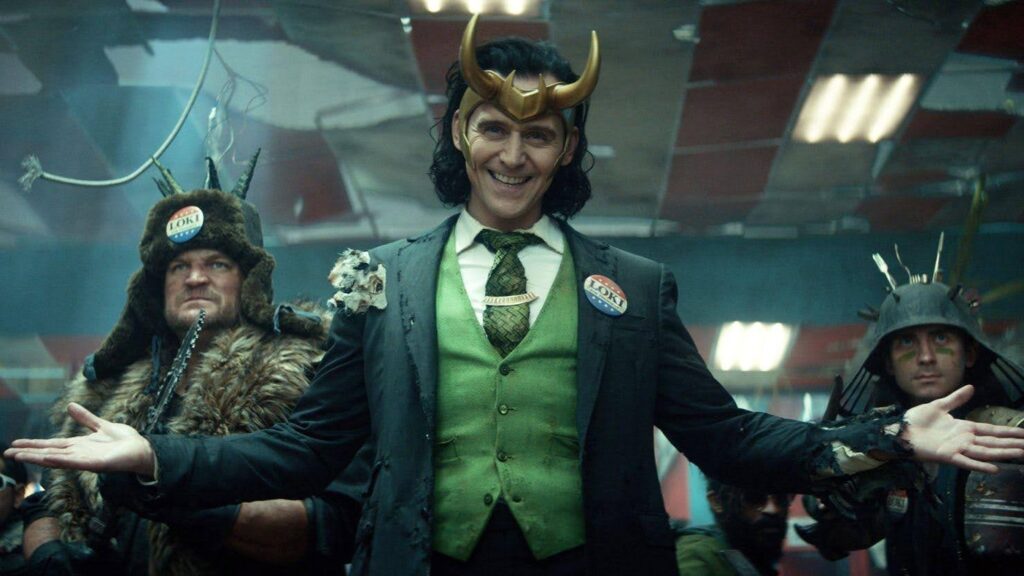
6. The Ruler
A ruler is a character in power—whether a wise leader, a tyrant, or something in between. They may guide the hero, oppose them, or serve as a symbol of stability or corruption.
Famous rulers include Mufasa (The Lion King), a noble and protective king, and Tywin Lannister (Game of Thrones), whose ruthless pragmatism defines his reign.
UNIQUE TWIST – A reluctant ruler who never wanted power but accepts the burden for the greater good, or a benevolent ruler forced into tyranny.
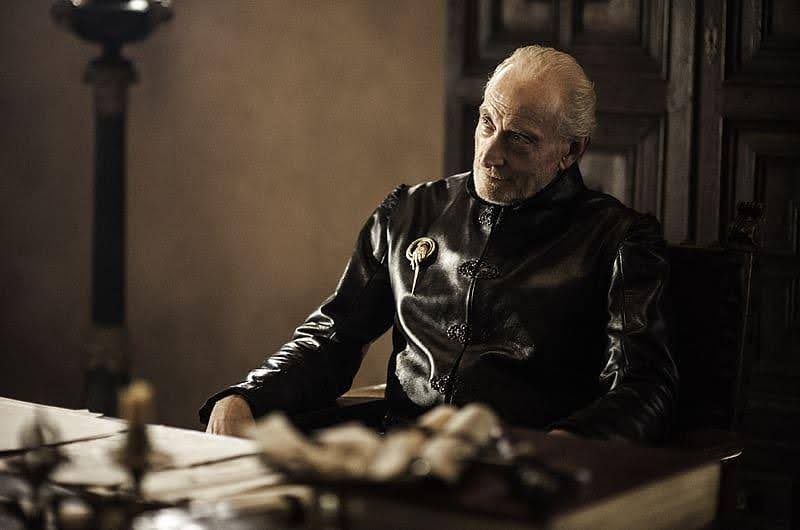
Simplify Your Scriptwriting Process. Whether you’re writing a drama or an action-packed adventure, Celtx script writing software can help. Organize your characters and plot points easily, and focus on what matters—writing your best story.
Start your free trial now!
7. The Rebel
The rebel is a force of change, challenging authority, fighting oppression, or defying societal norms. Whether they’re leading a revolution or resisting corruption, rebels often inspire those around them.
Famous rebels include Katniss Everdeen (The Hunger Games), a reluctant symbol of resistance, and V (V for Vendetta), a masked vigilante fighting tyranny.
UNIQUE TWIST – A rebel who realizes their cause isn’t as just as they believed, forcing them to rethink everything.
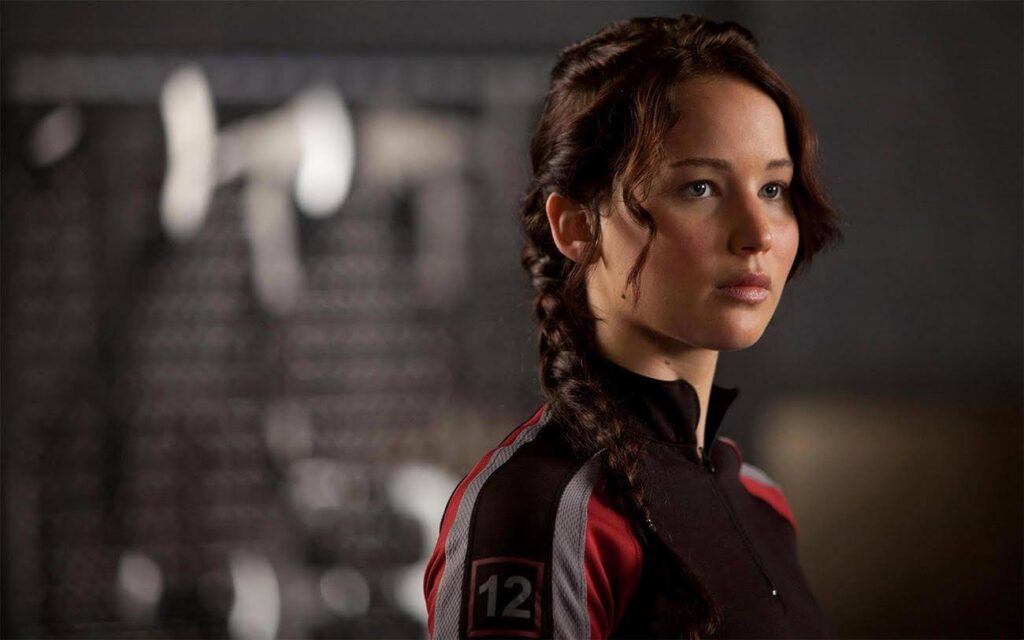
8. The Caregiver
The caregiver is defined by compassion, selflessness, and a deep desire to protect others. They provide emotional or physical support, often sacrificing their own needs.
Notable caregivers include Mary Poppins (Mary Poppins), who guides children with wisdom and kindness, Marmee March (Little Women).
UNIQUE TWIST – A caregiver who harbors a dark secret and must make difficult sacrifices because of it.
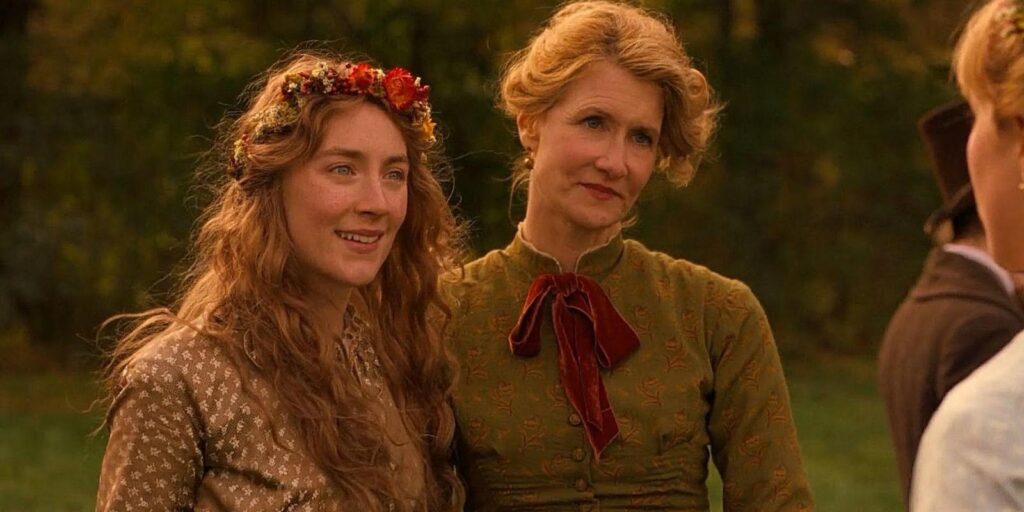
9. The Innocent
The Innocent is pure-hearted character who sees the world with optimism, purity, and an open heart. Their faith in goodness (and naivety) can inspire others—but also make them vulnerable.
Examples include Dorothy (The Wizard of Oz), who discovers the world beyond Kansas, and Forrest Gump (Forrest Gump), whose simple outlook touches everyone around him.
UNIQUE TWIST – An innocent who becomes hardened by experience but retains their core kindness.
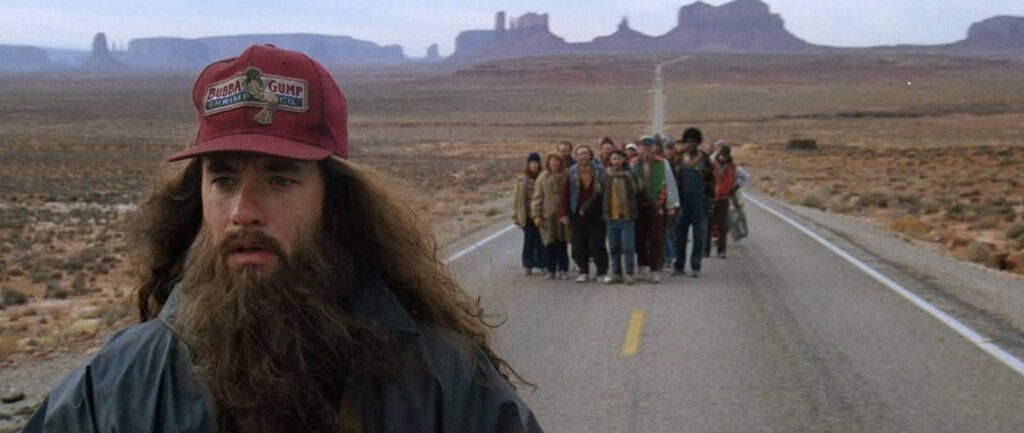
10. The Everyman
The everyman is the relatable, down-to-earth character thrown into unexpected situations. They represent the audience, reacting as any ordinary person might.
Both Bilbo Baggins (The Hobbit) and John McClane’s (Die Hard) lives were ordinary, almost boring, until they change forever, forcing them to become something quite different.
UNIQUE TWIST – An Everyman who, while grounded and relatable, unexpectedly challenges societal norms, proving that ordinary people can disrupt the status quo in extraordinary ways.
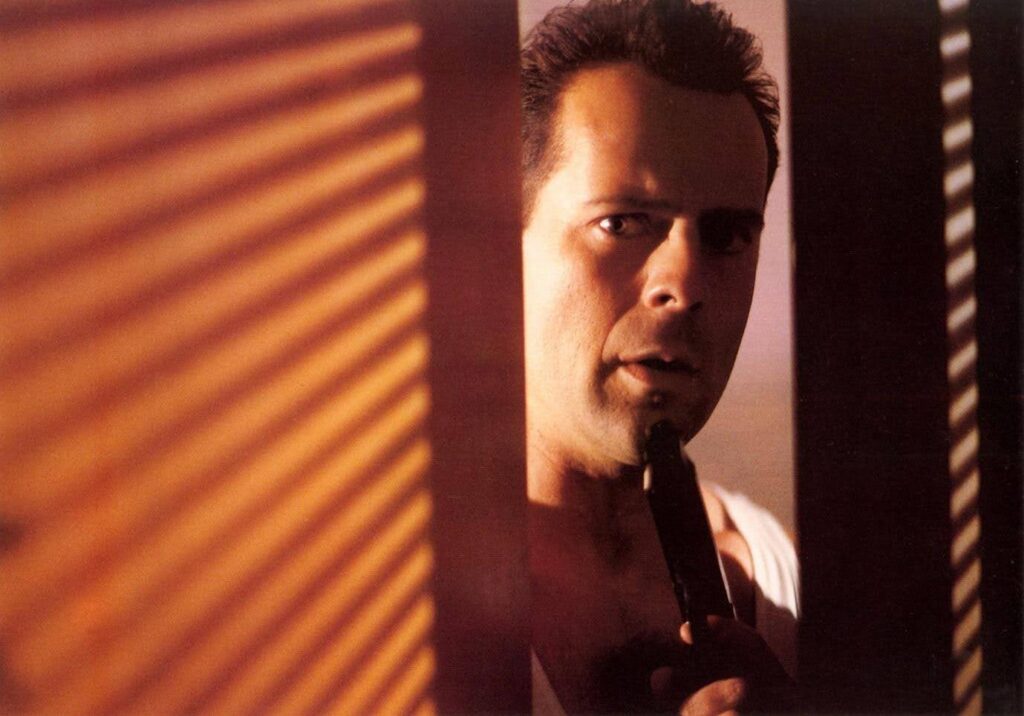
11. The Outlaw
The Outlaw is a rogue who lives by their own rules, often outside societal norms. They live by their own moral compass and may be heroes, antiheroes, or rogues who blur the line between right and wrong.
Just like Jack Sparrow (Pirates of the Caribbean) and Robin Hood.
UNIQUE TWIST – An outlaw who, over time, becomes the authority they once rebelled against.
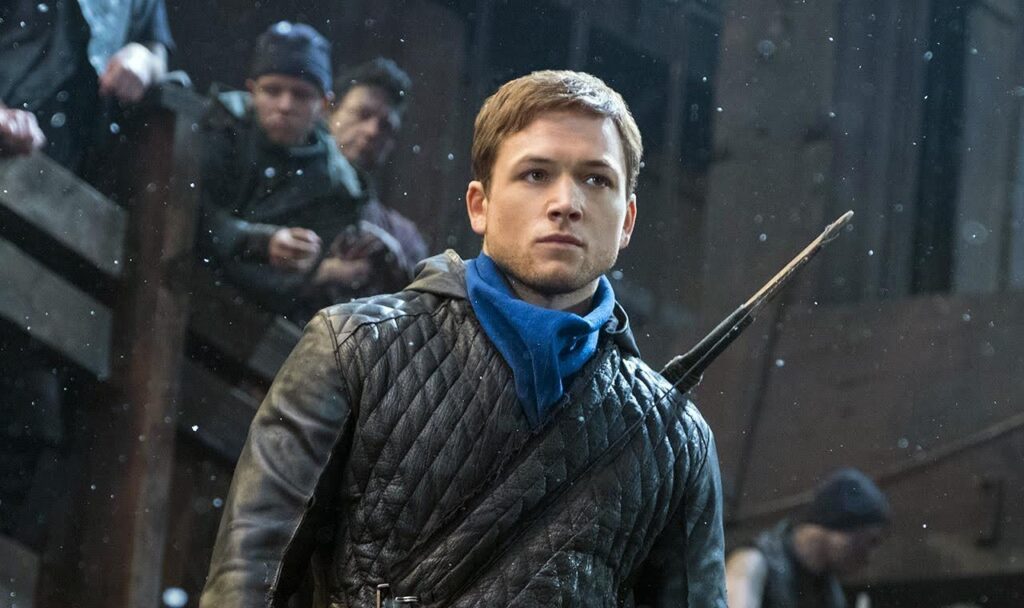
12. The Lover
The lover prioritizes passion, romance, or emotional bonds. Their devotion can lead to great joy—or heartbreak.
Both Romeo (Romeo and Juliet) and Rose Dawson (Titanic) are great examples!
UNIQUE TWIST – A lover torn between duty and passion or one who must overcome a great personal flaw to find love.
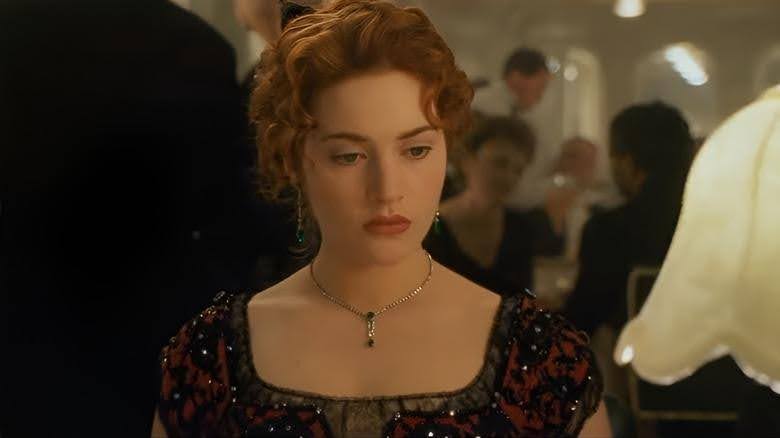
13. The Magician
The Magician is visionary who bends reality, using knowledge or power to transform the world around them. But this is often at great cost.
Examples include Dumbledore (Harry Potter) and Doctor Strange (MCU).
UNIQUE TWIST – A magician who loses faith in their abilities or one who seeks forbidden knowledge.
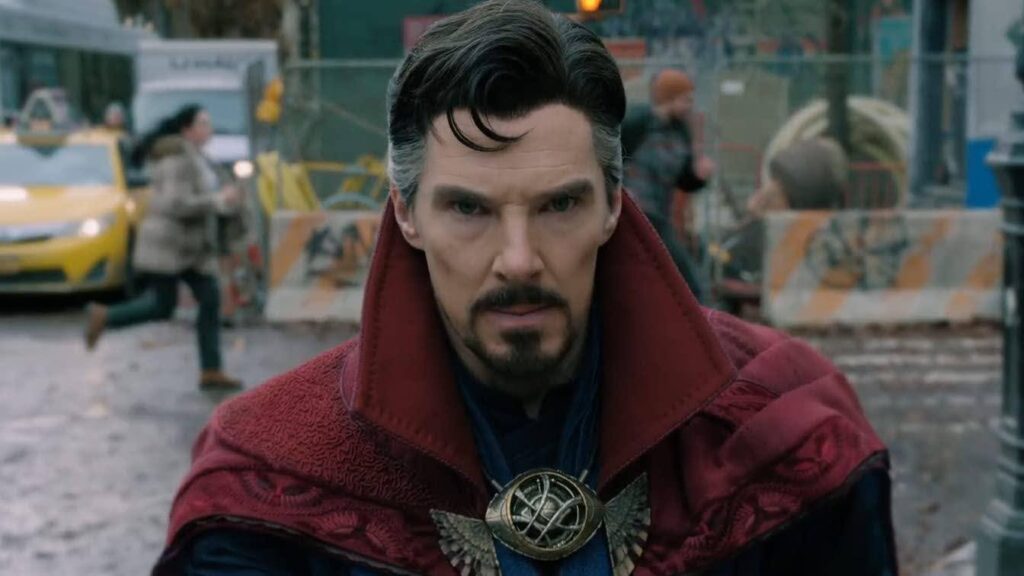
14. The Sage
The Sage is a wise character who seeks knowledge and truth. They’re often an advisor or philosophers, guiding others but who still may struggle with their own doubts.
Just like Galadriel (The Lord of the Rings) and The Oracle (The Matrix).
UNIQUE TWIST – A sage who withholds knowledge for their own reasons or one whose wisdom leads them astray.
Related Reading: Building Better Characters: What is a Character Profile and How to Use It
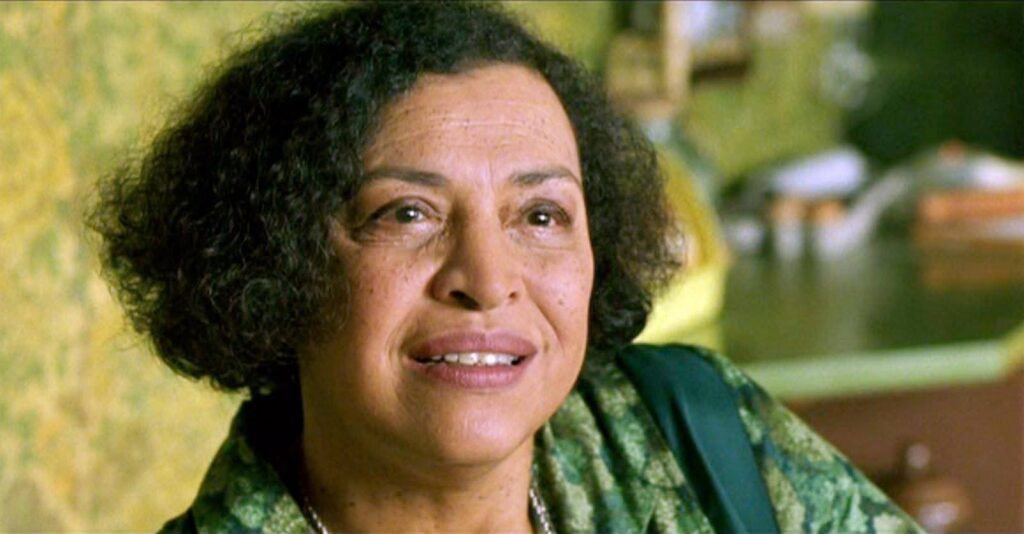
15. The Shadow
The Shadow is a dark reflection of The Hero, often representing internal struggles, the shadow can be a literal villain or a symbolic force.
Maleficent (Sleeping Beauty) and Azula (Avatar: The Last Airbender) are perfect examples.
UNIQUE TWIST – A shadow character who redeems themselves or one who turns the hero towards darkness.

How to Avoid Clichés
Archetypes are powerful storytelling tools, but they can easily become predictable if overused or too one-dimensional. To keep your characters from feeling like clichés, consider these strategies:
- Give Them Unique Motivations – Instead of sticking to a stock backstory, explore why your character fits their archetype. What shaped them into a mentor, a rebel, or a caregiver?
- Subvert Expectations – Play with tropes by flipping them. Maybe your sage is reckless rather than wise, or your outlaw fights to uphold the law instead of breaking it.
- Blend Archetypes – Characters don’t have to fit neatly into one box. A hero can have trickster tendencies, or a villain might be a ruler who believes they’re a caregiver.
- Focus on Flaws – Perfect heroes and purely evil villains feel flat. A lover might struggle with jealousy, or an innocent might be stubbornly naive to the point of harm.
- Make Them Active, Not Reactive – Instead of letting the plot dictate their actions, give your characters strong desires and agency. Their archetype should influence their choices, not define them entirely.
By adding depth, motivation, and nuance, archetypes become starting points rather than limitations, helping you create characters that feel fresh and compelling.
How to Choose the Right Archetype for Your Story
Finding the right archetype for your story starts with understanding your character’s journey, themes, and role in the narrative. Ask yourself:
- What is their core desire? A rebel wants freedom, a ruler seeks control, and a sage craves knowledge.
- What challenges do they face? An innocent might struggle with disillusionment, while an outlaw wrestles with morality.
- How do they grow? Your character’s arc should naturally evolve from their archetype. Does your hero overcome self-doubt? Does your shadow redeem themselves?
- What role do they play in the story? Archetypes don’t just define protagonists—side characters and antagonists also shape the narrative.
While archetypes provide a foundation, your character’s unique personality, flaws, and goals will make them feel distinct and memorable.
Let’s ground this lesson in a few examples:
Say you were writing a fantasy drama where the protagonist struggles to reclaim their past self during an epic battle; you may gravitate towards the ‘hero’ archetype. Or you may be working on a comedy where the protagonist disrupts the status quo, you may be looking for more of a ‘trickster’ archetype, like Deadpool.
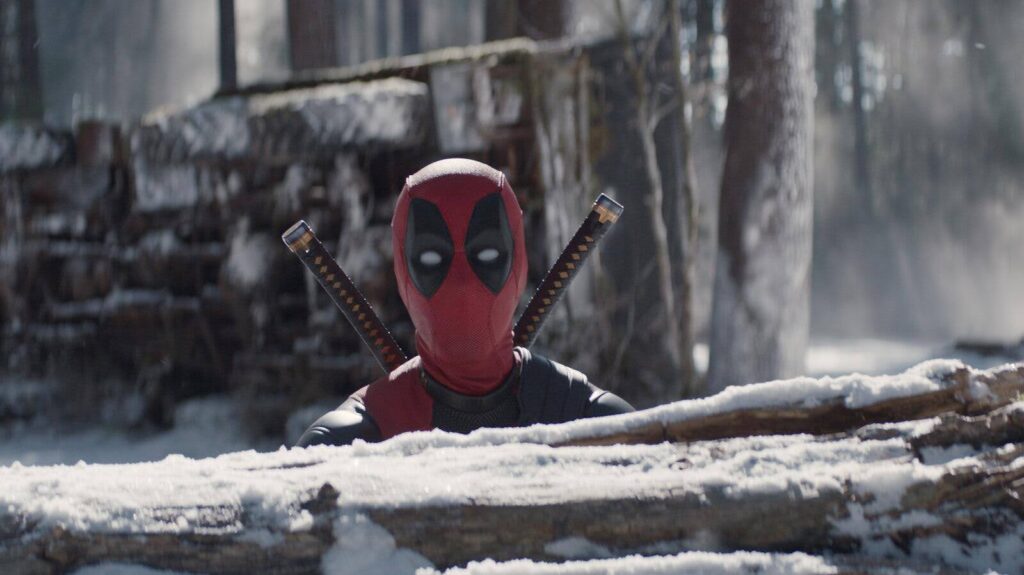
If you’re writing a tragedy, you may focus on ‘shadows’ or ‘rulers’ who succumb to their own flaws, leading to downfall, such as Macbeth.

For those writing sweeping romances, you’ll of course want to revolve the story around ‘lovers’ overcoming internal and external obstacles, such as Elizabeth Bennet and Mr. Darcy in Pride and Prejudice.

Ready to craft compelling characters? Sign up for Celtx today!
Blended Archetypes
As we’ve discussed, characters can embody multiple archetypes, allowing for greater depth and unexpected twists. This prevents predictability and makes characters feel more human. No two humans are the same, so our characters should reflect this!
Mentor / Trickster
A ‘mentor’ with a ‘trickster’ side, just like Willy Wonka in Charlie and the Chocolate Factory, who teaches lessons in unpredictable ways, both shocking and delighting the other characters and the audience.

Hero / Shadow
A ‘hero’ who also embodies the ‘shadow’, struggling between noble intentions and darker impulses, like Walter White in Breaking Bad. His desire to provide for his family following his death from terminal cancer soon thrusts him into the criminal underworld.

Caregiver / Rebel
A ‘caregiver’ who transforms into a ‘rebel’ when their loved ones are threatened, like Sarah Connor in Terminator 2: Judgment Day.

Blended archetypes also shift depending on genre. Take drama, which usually focuses on internal conflicts—here, we could see a ‘sage’ go on a journey of self-discovery.
If we flip to comedy, we’ll see quirks and humorous contradictions within characters, making use of the ‘trickster’ for comic relief.
Whereas action will prioritize boldness and resilience—the ‘rebel’ fighting injustice.
Despite these conventions, there’s always an opportunity to subvert genre archetypes and try something new! The key is to be creative and consistent, ensuring your characters are relatable and dynamic.
For more on blending archetypes, check out this awesome video from Film Courage, where screenwriter Jeffery Alan Schechter breaks down blending four archetypes:
Common Mistakes When Using Archetypes
While character creation is a writer’s playground, there are some common mistakes to avoid when using archetypes.
- Making Them Too Predictable – If your character follows a blueprint without any unique traits, they risk feeling generic. Give them flaws, unexpected behaviors, or unconventional relationships that make the audience root for them.
- Neglecting Character Growth – A ‘hero’ who remains static is much less compelling than one who evolves. Ensure your characters learn from their journey and have a satisfying arc.
- Relying Too Heavily on Tropes – Archetypes should act as a foundation, not a formula. If your rebel is just another lone-wolf rulebreaker, consider adding depth—maybe they’re reluctant to lead or secretly crave structure.
- Forgetting the Supporting Cast – Archetypes aren’t just for protagonists. Villains, sidekicks, and mentors should have depth too, avoiding one-note personalities.
By keeping these pitfalls in mind, you can create rich, engaging characters that feel authentic and fresh.
Related Reading: The Best and Worst Character Arcs in Modern TV and Film
Frequently Asked Questions
What are character archetypes?
Character archetypes are universal character models that appear across stories and genres, such as the Hero, the Mentor, and the Trickster. They help writers create familiar yet unique characters that resonate with audiences.
How many character archetypes are there?
While there are many interpretations, a common framework outlines 12 core archetypes, including the Hero, Mentor, Rebel, and more. However, characters don’t have to fit into just one—many stories blend archetypes for added depth.
What are the 12 character archetypes?
The 12 archetypes are: The Hero, The Mentor, The Sidekick, The Villain, The Trickster, The Ruler, The Rebel, The Caregiver, The Innocent, The Everyman, The Outlaw, and The Lover. Some lists vary, but these are commonly used in storytelling.
Do my characters need to fit into specific archetypes?
Not at all! Archetypes are guidelines, not rigid rules. Many great characters blend multiple archetypes or evolve over time. For example, Han Solo (Star Wars) starts as an Outlaw but becomes a Hero. Blending or subverting archetypes can make your characters feel more dynamic.
Conclusion
Character archetypes are powerful tools in storytelling, providing a foundation that helps writers create memorable, relatable characters. Whether you’re crafting a hero’s journey or exploring complex dynamics between characters, understanding these archetypes can elevate your storytelling and give your characters depth and purpose.
Remember, archetypes aren’t about fitting characters into neat boxes—they’re about tapping into universal roles and blending them to create multi-dimensional, engaging figures that feel real. Take risks, subvert expectations, and make your characters evolve. The more unique and human they feel, the more your audience will connect.
Now that you have a solid understanding of character archetypes, it’s time to start using them in your own writing. Don’t be afraid to mix and match, and always let your characters grow organically.
Get out there and start creating!
Write the Next Great Story
Whether you’re a screenwriter or novelist, Celtx offers a full suite of tools to help you with character development, story structure, and beyond.
